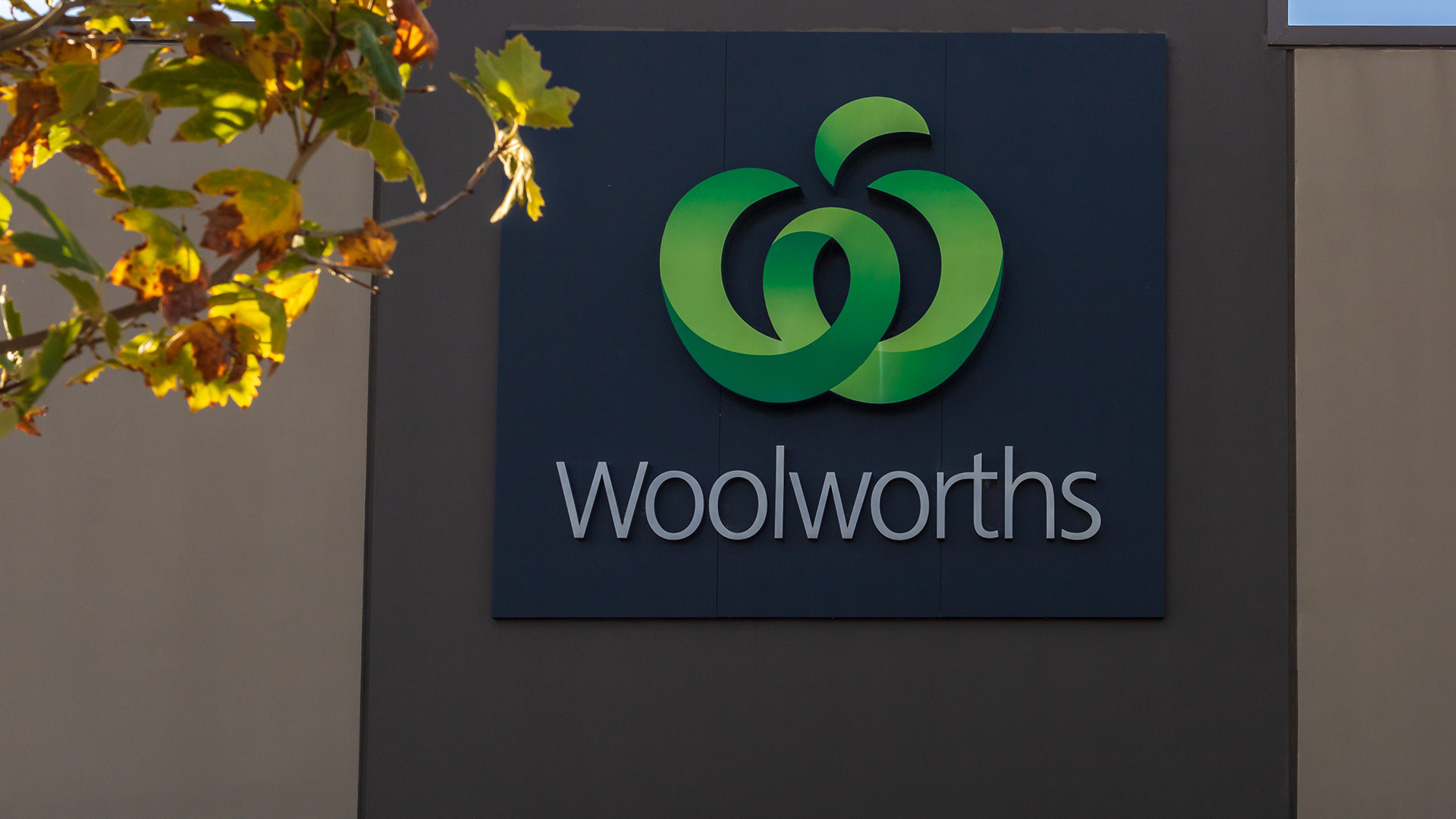Mixed messages from China yesterday with another survey showing a slightly less contractionary report on the country’s manufacturing sector, but the country’s central bank boosted the value of the country’s currency by the biggest boost to its trading band in a decade – since trading was freed up in 2005.
China’s central bank strengthened the daily “fix” for the trading band for the yuan by more than half a per cent for the second day in a row.
The People’s Bank of China bolstered the value of the currency’s mid-rate by 0.54% against the US dollar the most the fix has been lifted since 2005, when the renminbi was unpegged from the dollar.
The move follows the biggest upward move for the currency in 10 years on Friday, when traders pushed its value up by 0.62%.
In August, when the PBoC devalued the renminbi by about 3% in a week, it said it was responding to market forces and would continue to do so (something western analysts refused to accept, calling the move a devaluation, which has now disappeared),
China’s central bank said markets would be given a greater say in how the renminbi was valued, the PBoC said, though investors could still only trade the currency in a band plus or minus 2% from the mid point set each morning.
Last Wednesday, Thursday and Friday saw a significant rise in the value of the offshore renminbi – the exchange rate for the currency outside of mainland China, which isn’t subject to the trading band.
The offshore renminbi rose 0.07% on Wednesday, 0.73% on Thursday and 0.43% on Friday. Those rises in turn saw the onshore renminbi – the exchange rate inside (and subject to the 4% trading band) jump 0.62% on Friday, the biggest rise since 2005, and then by another 0.54% yesterday – both significant moves and more so after that the 3% cut in August (which helped trigger the sell-off in China).
It overshadowed the results of the private Caixin/Markit manufacturing activity survey which rose to a reading of 48.3 in October from the 778 month low of 47.2 in September.
That was another sub 50 reading (which is the dividing line between expansion and contraction) which have remained below that 50 level since March.
"The slight upswing shows the manufacturing industry’s overall weakening has slowed down, indicating that previous stimulus measures have begun to take effect," said He Fan, chief economist at Caixin Insight Group.
The official manufacturing PMI, released on Sunday, contracted for a third straight month, coming in at an unchanged 49.8 in October.
Shares across Asia fell, aided by the weak reports from China – the Shanghai market lost 1.7% yesterday, the Australian market 1.4% and Tokyo, 2.1% and Hong Kong fell 1.2%.













